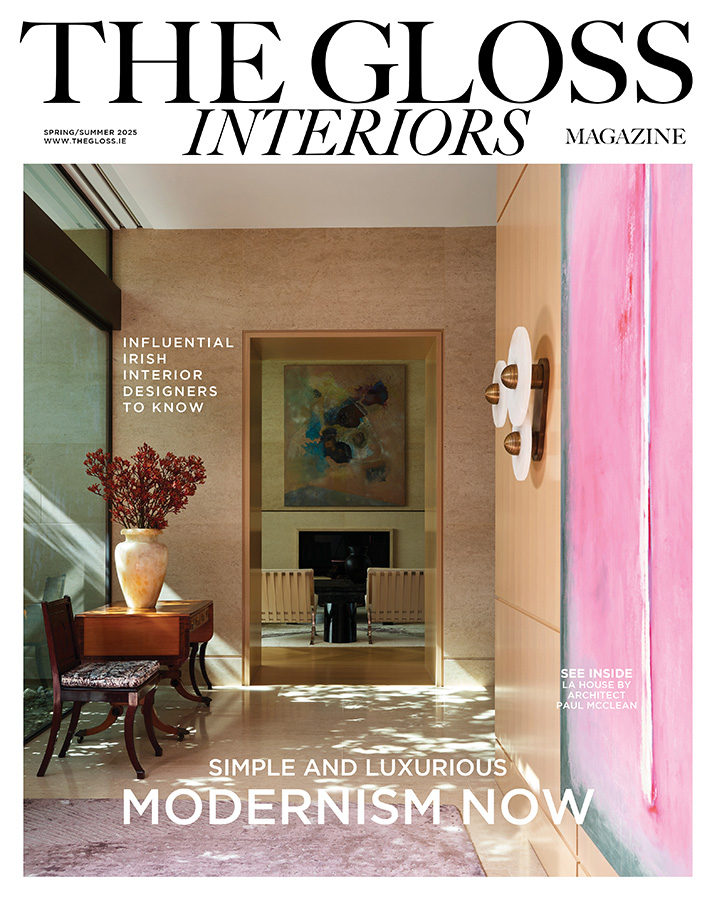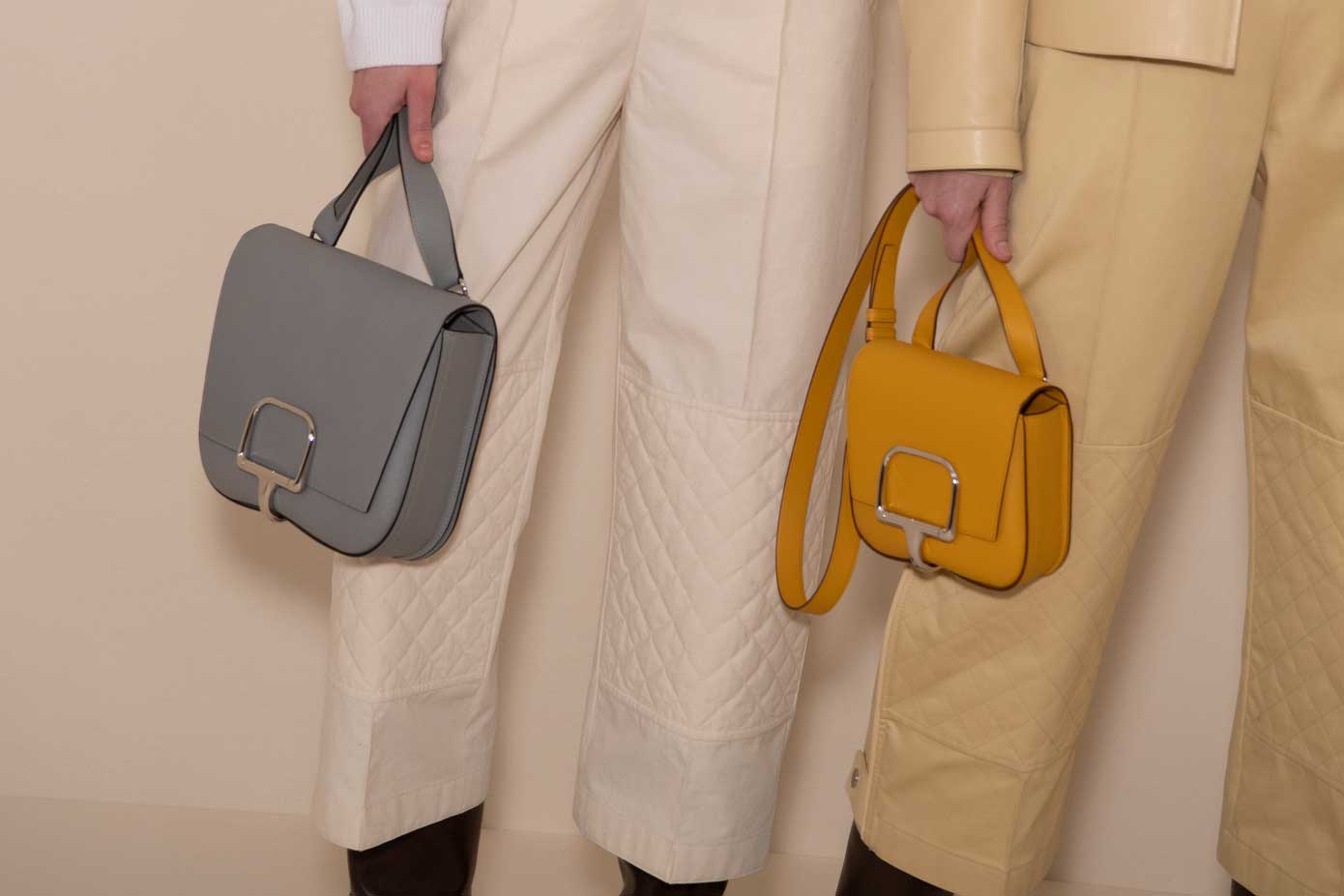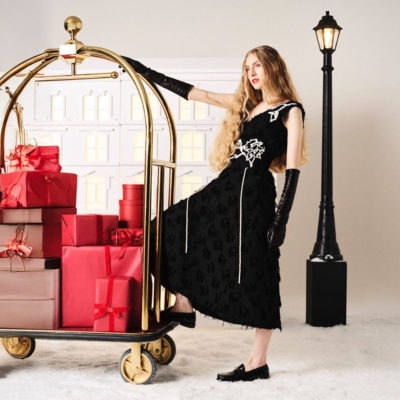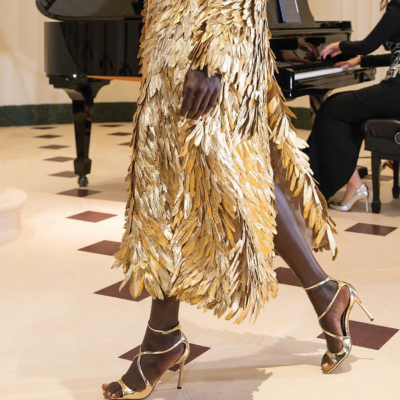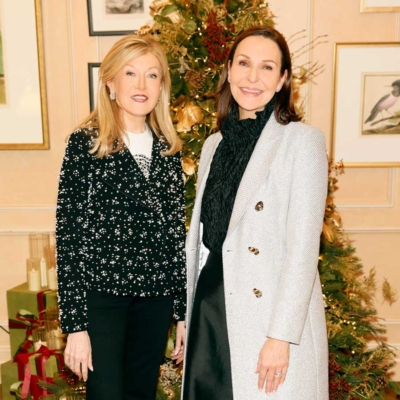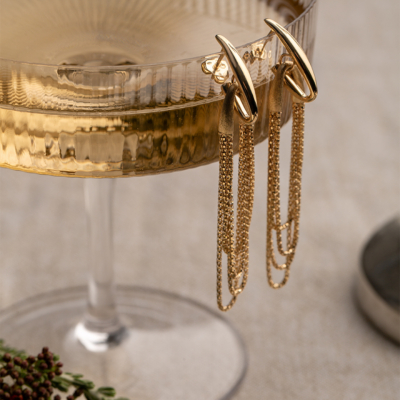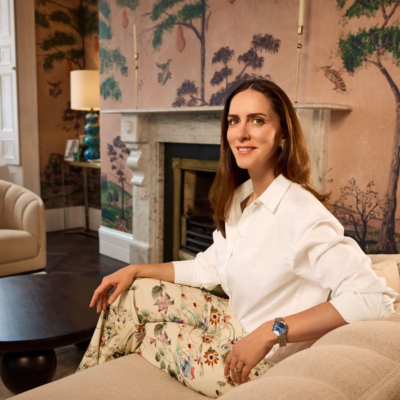What The V&A’s New Exhibition “Bags: Inside Out” Means For Handbags now …
During the peak of Celtic Tiger craziness the “It” bag became emblematic of excess and conspicuous consumption. Post-crash, they were derided as a manifestation of the “notions” the entire country got swept away with; a brash badge of affluence and easy credit. Today the rehabilitation of statement handbags has accelerated in parallel with financial markets. Luxury brands including Hermès, Chanel and Louis Vuitton have targeted a new customer – one who is willing to invest heavily in a bag they believe will last a lifetime. In 2018, a pre-loved Hermès Birkin “Himalayan” with white gold fittings and ten carats of diamonds fetched in excess of $300,000 at Christie’s. The auction house sees a growing demand for elusive styles, particularly Hermès Birkin and Kelly bags. Birkins have climbed in value by 500 per cent in the past 35 years and are projected to double in value in the next decade, an investment safer than art, gold or even property. As one collector, Emily Chan, stated: “Birkins are like currency: you can cash them out at any time.”
As the new exhibition “Bags: Inside Out” at V&A London shows, handbags achieved fashionable status post WWI when newly-enfranchised working women became financially independent and opened their own bank accounts. In the 1920s, cigarettes, lipsticks and car keys signified the lifestyle of the new liberated woman and a bag was essential to carry all these totems of emancipation. Pockets never had the same allure again and a female obsession was born. Bags now represent the financial foundations of luxury companies – the clothes are the window dressing but the accessories deliver the profit. These profit margins are astounding – bags are often priced at ten to twelve times their manufacturing cost. If true, it is easy to see why an “It” bag has such a profound impact on the bottom line. Between 1997 and 2007, Fendi sold 600,000 baguette bags – some dough!
Handbags strike a particularly emotive chord – not only do they convey personal style, affluence and aspirations, a bag signals identity more accurately than any wardrobe element. A classic luxury lover may wear Chanel, her bohemian sister Marni and a stealth wealth maven, Hermès. Public facing, yet outwardly opaque, bags conceal our most intimate secrets and possessions. They don’t just hold our lives but also our affections. This year, we missed carrying them when Covid confined us to our homes with nowhere to go and nowhere to show off our prized possessions. However the global economy waxes and wanes, women will continue to covet designer bags and brands will make silly profits from them. If you feel guilty about your bag fetish, remember a good bag frequently outlasts a bad relationship.
LOVETHEGLOSS.IE?
Sign up to our MAILING LIST now for a roundup of the latest fashion, beauty, interiors and entertaining news from THE GLOSS MAGAZINE’s daily dispatches.




